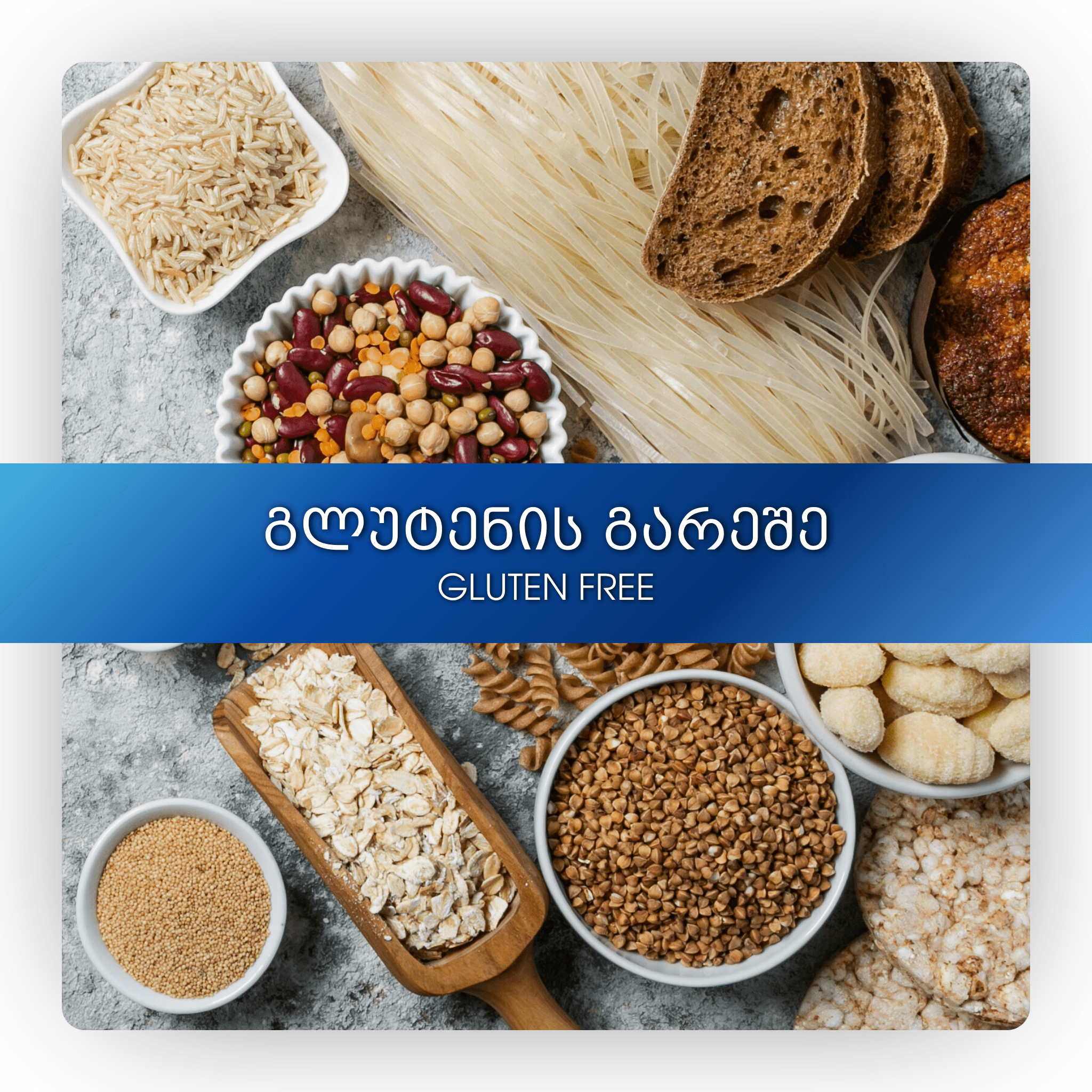Gluten Free
Gluten-Free on the Label
Many people suffer from celiac disease, an auto-immune digestive disorder, that can have serious health consequences. For them, FDA’s standard for the claim “gluten-free” on food labels is critical. This regulation provides consumers with the assurance that “gluten-free” claims on food products are consistent and reliable across the food industry.
What is Gluten?
Gluten is a protein that occurs naturally in wheat, rye, barley, and crossbreeds of these grains, like triticale. Foods that typically contain gluten include breads, cakes, cereals, pastas, and many others. Gluten is the ingredient that gives breads and other grain products their shape, strength, and texture. However, many of these grains can be made gluten-free.
FDA’s Regulation for “Gluten-Free” Claims
Gluten-free is a voluntary claim that food manufacturers may choose to use in the labeling of their products. If manufacturers label their foods gluten-free, however, they are accountable for using the claim in a truthful and not misleading manner, and for complying with all requirements established by the regulation and enforced by FDA.
Foods That Can Be Labeled Gluten-Free
Whether a food is manufactured to be free of gluten or is free of gluten by nature, it may bear a gluten-free labeling claim if it meets all FDA requirements for a gluten-free food. Foods and beverages like bottled spring water, fruits, vegetables, and eggs are naturally gluten-free. However, even though a food may be gluten-free, the claim might not appear on the label because the regulation allows, but does not require, a gluten-free claim to be on the package.
Gluten-Free Labeling
A gluten-free claim doesn’t have to be in any specific location on the food label. Manufacturers may choose where they place it, as long as it doesn’t interfere with mandatory labeling information and meets the regulatory requirements.
Source: CDC (Centers for Disease Control and Prevention)
